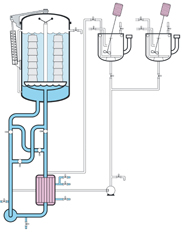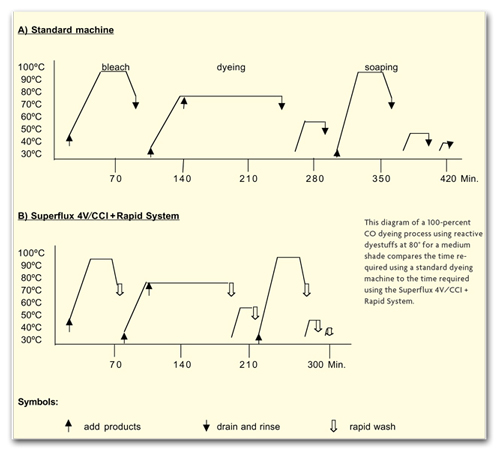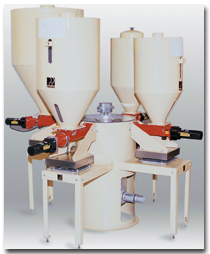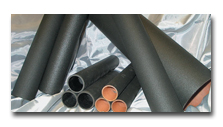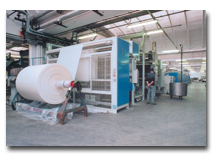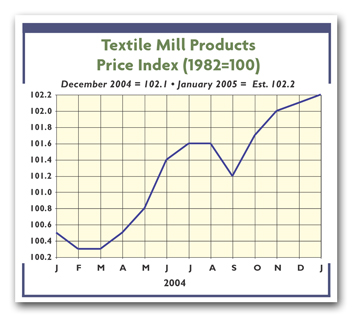B
randing a product to distinguish it from all others is something cattle ranchers have
done for years, with a single mark creating immediate awareness. Branding has become a watchword in
recent years, with marketing and communications specialists offering varying, often complicated
definitions that confuse business owners as to the meaning and importance of a brand.
Simply put, branding means brand name awareness, and brand name awareness equals
credibility. Awareness of your brand means there is confidence in your company and, ultimately, in
your products.
Many people purchase products or services simply because they are familiar with the name,
knowing little about features, benefits or price. While brand name awareness does not automatically
ensure sales, you have a tremendous advantage over companies in your product category if you work
toward building your company as a brand.
Consistent Message
A company brands itself by developing a consistent, constant marketing message. Repetition may
come from frequent advertising, repeated articles or news briefs in the media, constant exposure to
your company logo, or preferably, a combination of all of these. Your corporate identity can be
your most valuable asset and can make a major contribution to your brand success, but it must be
managed effectively.
The most favorable corporate identity is established with every form of internal and external
corporate communications presented in the same manner. By developing and presenting a consistent
company message, you will reduce the need and costs of building individual brands with new or
improved product introductions.
Company Logo
Your company logo should appear on all forms of corporate communications — letterhead and
envelopes, brochures, business cards, invoices, ads, company vehicles, apparel worn by delivery or
service personnel, and your website, among other items. Never miss an opportunity to promote your
identity. Your company name and logo identify your products and services and differentiate you and
your products from those of competitors. This is the beginning of building your brand.
Remember, a brand is a perception in the mind of the buyer. Your logo, when seen frequently
and in a consistent manner, becomes a symbol of your company’s credibility in the marketplace. When
executed effectively, your company name will become synonymous with your marketing message and
point of differentiation.
Differentiate Or Die
Marketing guru Jack Trout chose this as the title of his 2000 book subtitled “Survival in Our
Era of Killer Competition.” The dramatic increase of choices in just about every product category
in recent decades has forever changed the way companies do business. This proliferation coupled
with a dramatic increase in communication media — which now include the Internet, hundreds of new
cable and satellite television stations, and even movie theatres — leaves many buyers and sellers
scratching their heads.
The average American is exposed to about 3,000 advertising messages per day as corporations
globally spend more than $620 billion annually to build their brands, according to the Newspaper
Association of America.
Companies compete in this era of killer competition by differentiating. Differentiation
defines a company and distinguishes it from all others. Identifying your company’s competitive
advantage is first and foremost in the branding effort. If you try to be all things to all buyers,
you quickly undermine what makes you different. You must determine and concentrate on your
distinctive attribute, and establish that as your marketing message.
You can differentiate yourself from your competition in several ways — place, price,
promotion, people, product, service, selection, quality, convenience and speed. Are you less
expensive, more durable, faster, and/or more flexible? You can differentiate anything, but remember
that in today’s business environment, everyone promises the best quality and service. Your products
and services are made greater by giving the customers more than they expect. For example, Otis
Elevator Co. uses remote diagnostics as its point of differentiation. In high-traffic buildings
where servicing elevators is an inconvenience, Otis uses remote diagnostics capabilities to predict
possible service interruptions, sending employees to perform preventive maintenance in the evenings
when traffic is light.
Lasting Brand Name Awareness
Once you’ve developed a marketing message and a point of differentiation, it’s time to put these
tools to frequent use. Brand name awareness of the highest quality is a lasting awareness. A
potential customer can read one of your marketing messages and remember your name for a week or so,
but if the would-be buyer is not exposed to your message repeatedly, he or she forgets it and moves
on.
Peden Companies Build Their Brand On Service
In today’s crowded marketplace, many companies use the service attribute as a way to
differentiate themselves from the competition. For Peden Textile Equipment Co. and John W. Peden
Co. Inc., that point of differentiation has helped the small, family-owned businesses establish
their niche in a volatile industry.
“Whether you drive a Chevrolet or a Mercedes, if that car is always in the shop, pretty soon
you’re going to change brands and dealerships,” said Warren Peden, president of the
Greenville-based companies that sell and service warp-tying machinery. “When a machine is down on
the weave room floor, customers don’t want to hear that you don’t have the parts in stock [nor] the
technical ability to fix it.”
An inventory of spare parts, the technical expertise to make repairs, and immediate response
to service demands have made Peden Textile Equipment the go-to company as textile plants have
downsized in recent years. While the company sells only Japanese-made Todo equipment, it is called
upon to service many other different brands.
“As mills have leaned down in order to compete, a lot of them have lost their technical
talent,” Peden explained. “They’ve come to depend on us more and more because their institutional
knowledge often is lost in management turnover and downsizing.”
It’s that institutional knowledge that Peden believes sets his companies apart. “We sell
ourselves on the weave room floor.” he said. “I think in today’s environment, a lot of companies
spend more time building spreadsheets than in the weave room figuring out what’s wrong and how to
fix it. We learned the ways that Grandpa did it, and we’ve built our reputation on it.”
For Peden, institutional learning began in 1988 when his father bought a textile equipment
company. “The former manager was to stay on for five years, and he left after two months,” Peden
said. “I was 23 years old trying to sell equipment to men who had been in the business for years,
and I quickly realized I’d better know what I was talking about.”
So the younger Peden went into the mill to learn the business from the bottom up — the
mechanics of the machinery, the labor aspect and the personality of the industry. That thirst for
knowledge and commitment to service has served Peden well over the years. The small company of nine
employees today serves customers all over the world and goes head to head with some of the largest
machinery makers in the business.
Peden also concentrates on doing business primarily with smaller, family-owned mills and has
made a commitment to remain debt-free. But he is quick to credit Milliken & Company,
Spartanburg, for helping his company develop its immediate response capabilities.
“Milliken was one of the first companies to put their faith in us. We developed a lot of our
immediate response expertise around what Milliken required,” Peden said.
In an industry marked by bankruptcies and huge job losses in recent years, the Peden
companies have downsized less than 30 percent over the last five years.
“A friend once told me that it’s better to be underestimated and over-deliver than
overestimated and under-deliver,” Peden said. “Your product and service are much better when you
give the customer more than they expect.”
February 2005
